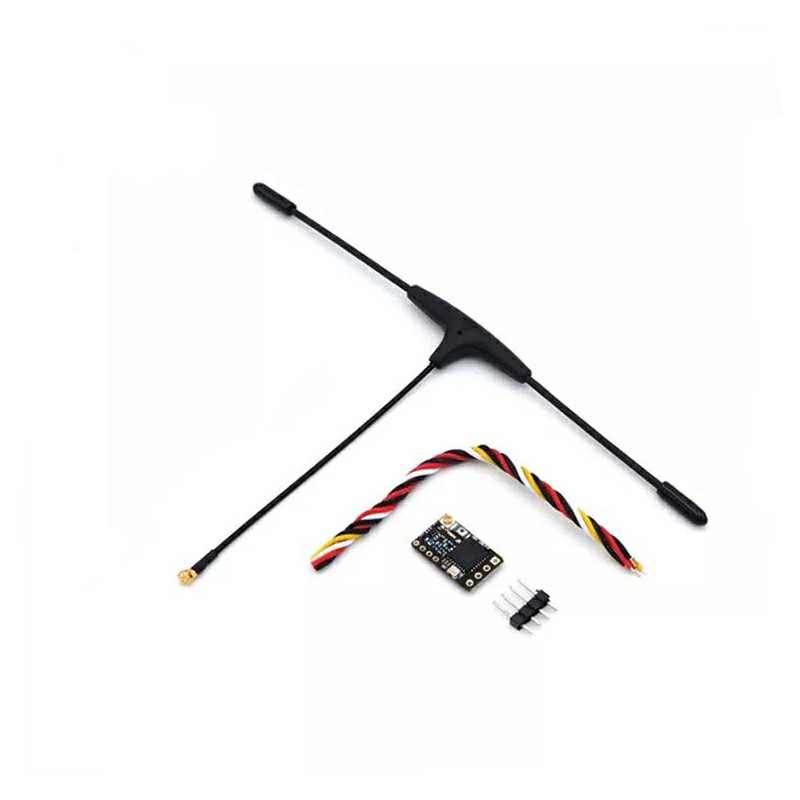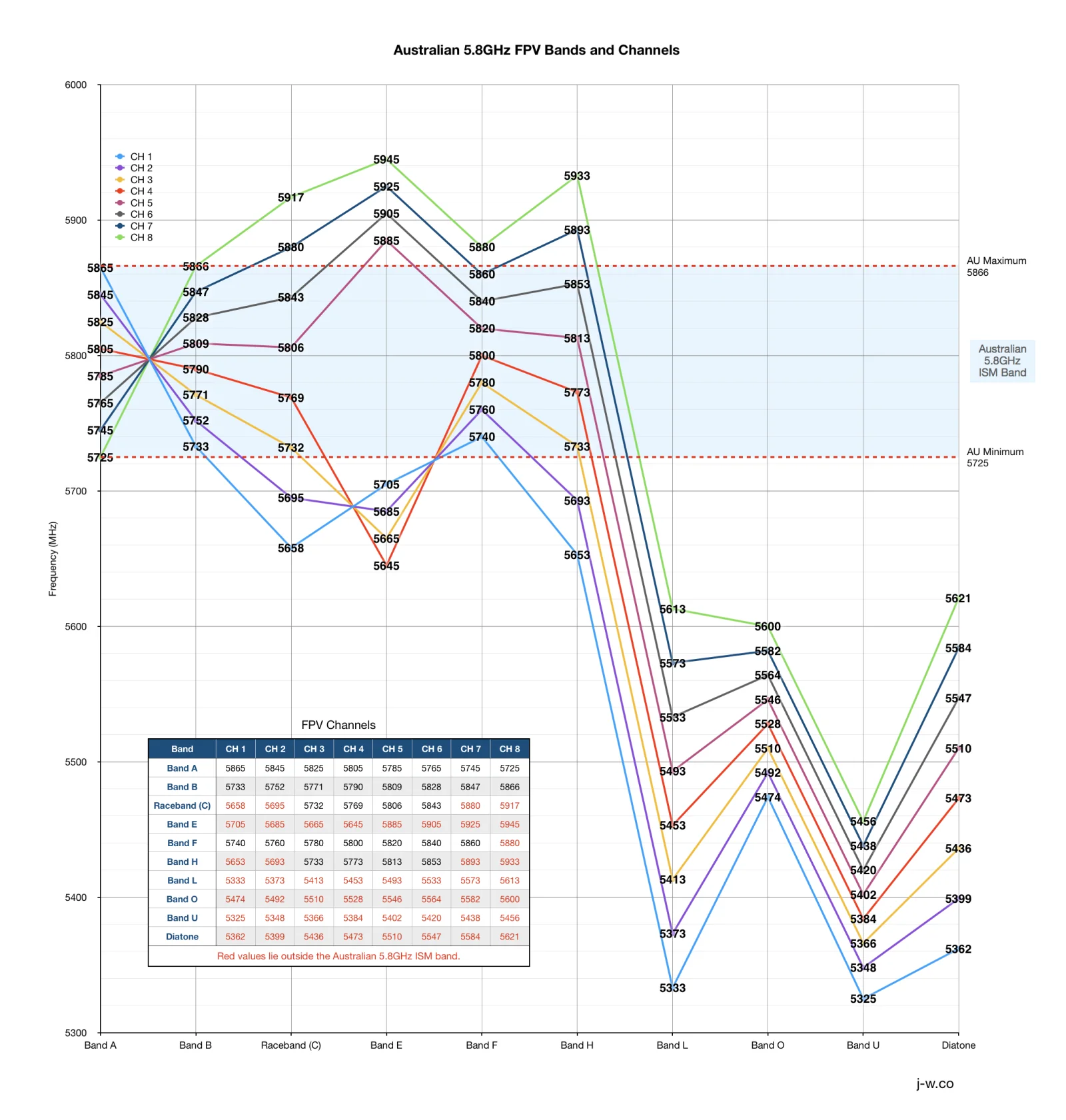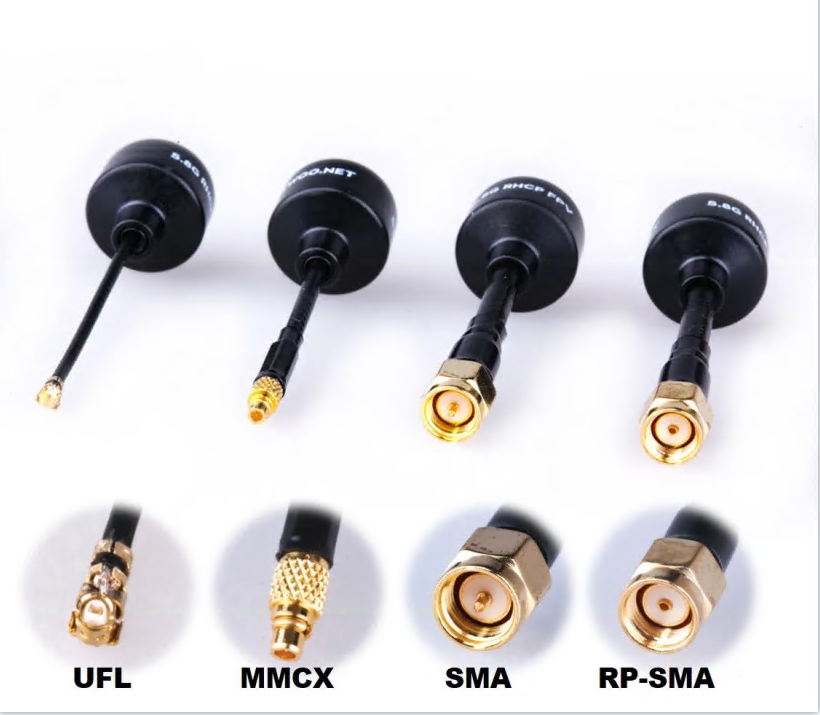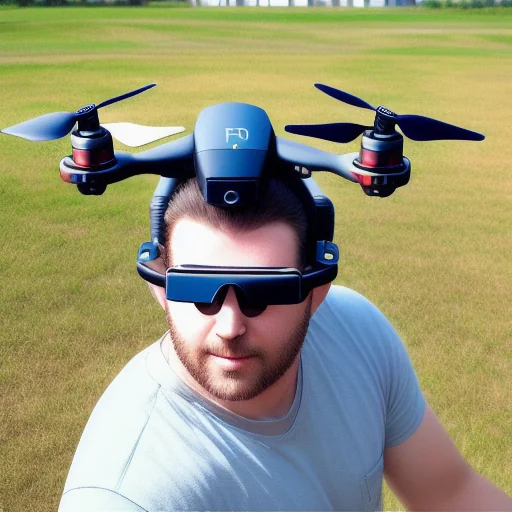 2024-02-18
2024-02-18
Welcome to the world of FPV. In this blog post, we will delve into the intricacies of analog video transmission, a fundamental aspect of operating drones via video link. Every drone flown through a video link necessitates two crucial components onboard: an FPV camera and an FPV transmitter. These components are commonly referred to in shorthand as "cam" and "VTX," respectively, with "TX" being an abbreviation for "transmission" or "transmitter."
The primary method of video transmission for FPV applications is through analog video, utilizing radio frequency bands. Legal bandwidths and power settings govern amateur usage, with the prevalent frequency band for FPV drones being 5.8 gigahertz, often denoted as 5.8GHz or 5G8. Within this band, specific frequencies are allocated for video transmission. Further information on selecting an appropriate frequency, particularly when flying alongside multiple pilots, can be found here.

In essence, once your channel and band have been designated, your transmitter endeavors to broadcast a signal on the chosen frequency. The transmitted signal mirrors what the camera captures. Hence, as long as your camera functions, is connected to your video transmitter, with its antenna engaged and powered, you should be transmitting a video feed. While there are various troubleshooting methods, encountering a black screen when you have the correct channel selected on your video receiver may indicate a camera issue, whereas static or snow might signal a problem with your video transmitter.
A crucial aspect of video transmitters is their dependency on an appropriate FPV antenna. It is imperative that the antenna is tailored to the correct frequency, remains intact (undamaged or improperly connected), and, for optimal reception, is positioned away from obstructions such as the frame and battery. Failure to adhere to these guidelines can significantly impair performance.
Various connector types exist, including SMA, MMCX, and UFL, which denote different industry-standard plugs used to link antennas to the VTX. Each VTX manufacturer selects a specific connector type based on their design and purpose, with MMCX and UFL types gaining popularity due to their reduced weight. Additionally, it is common to attach a "pigtail" to the VTX, typically featuring an MMCX or UFL on one end and an SMA on the other. This setup allows the SMA to be firmly mounted on the frame, thereby reducing strain on the smaller, more delicate connector and facilitating the swift removal or replacement of the antenna.

Antenna performance is quantified in gain (decibels or dBi) and is often associated with directionality. Generally, as gain increases, the active region expands, enhancing sensitivity or transmission/reception capabilities along one axis while constraining it along another. The distinction between unidirectional (low gain, uniform field) and directional (high gain, directional field) antennas is noteworthy. Unidirectional antennas are preferable for use on the aircraft, given their frequent changes in orientation and location during flight. Directional antennas are commonly employed on the receiving end in a diversity setup alongside another unidirectional antenna. With diversity receivers, both types of antennas can be utilized to maximize range capabilities, a common strategy to enhance FPV range. High-gain FPV antennas often bear names corresponding to their designs, such as patch, helical, crosshair, and yagi antennas.

Various methods exist for displaying the received video, each tailored to suit different preferences. We usually choose portable analog video display and goggles to enjoy a fully immersive experience. However, displaying the feed onto a screen remains practical for various applications. Your video receiver is finely tuned to the appropriate channel and transmits the analog signal to the display device. While it's feasible to view the feed on laptops and mobile phones with additional attachments, it's generally discouraged due to potential issues like latency and device freezing. While suitable for spectator viewing, it's not typically recommended for pilots.
